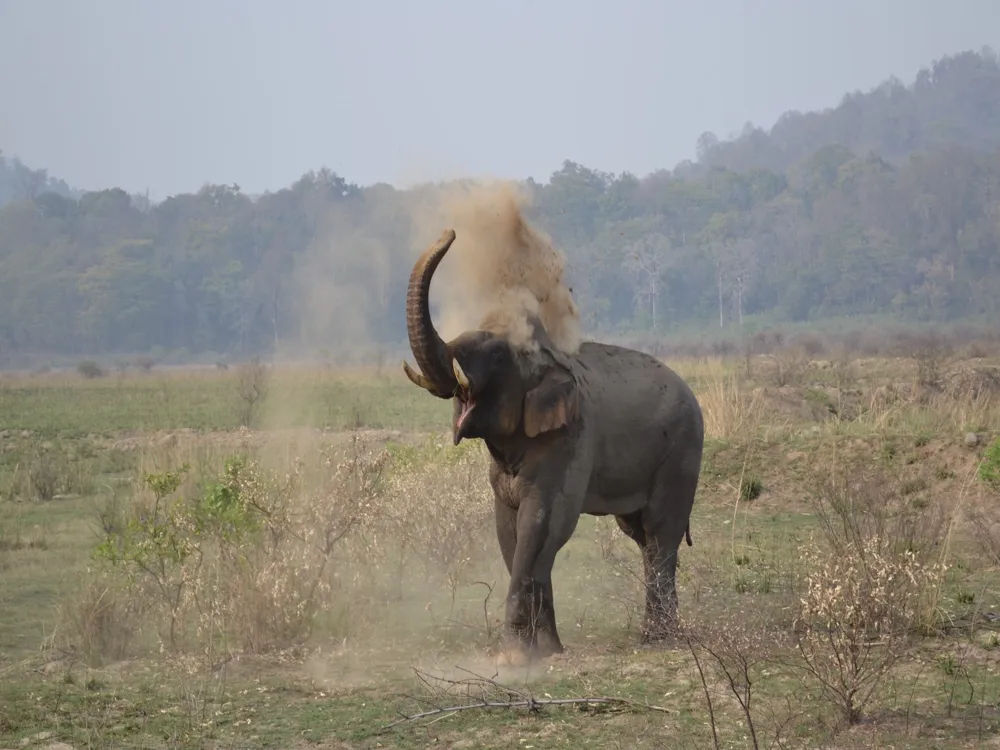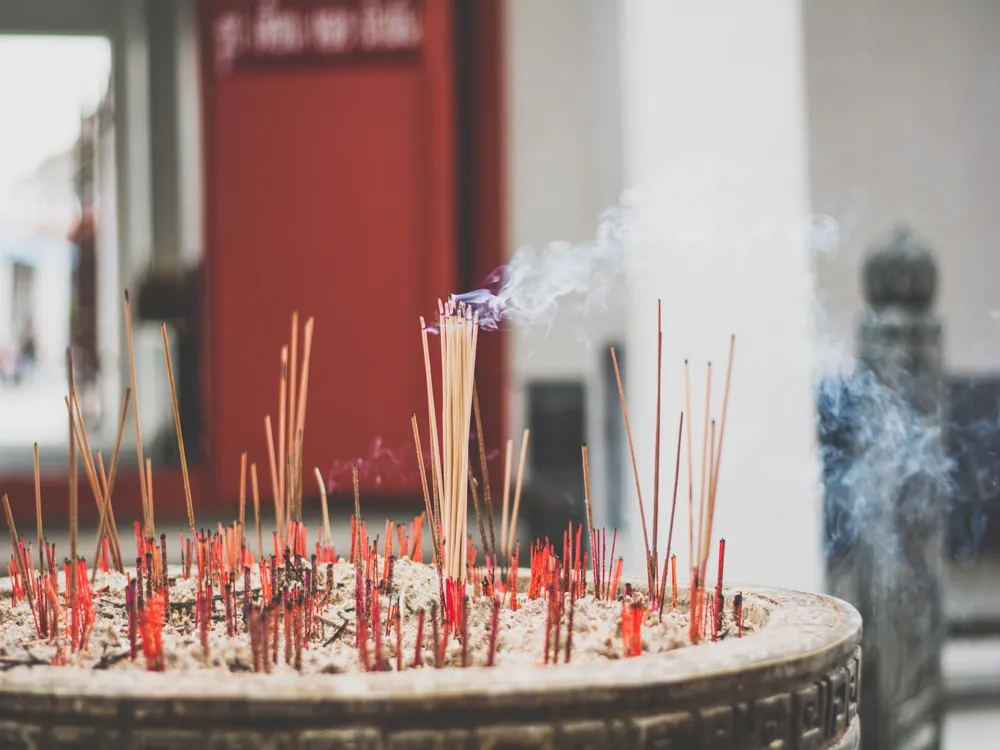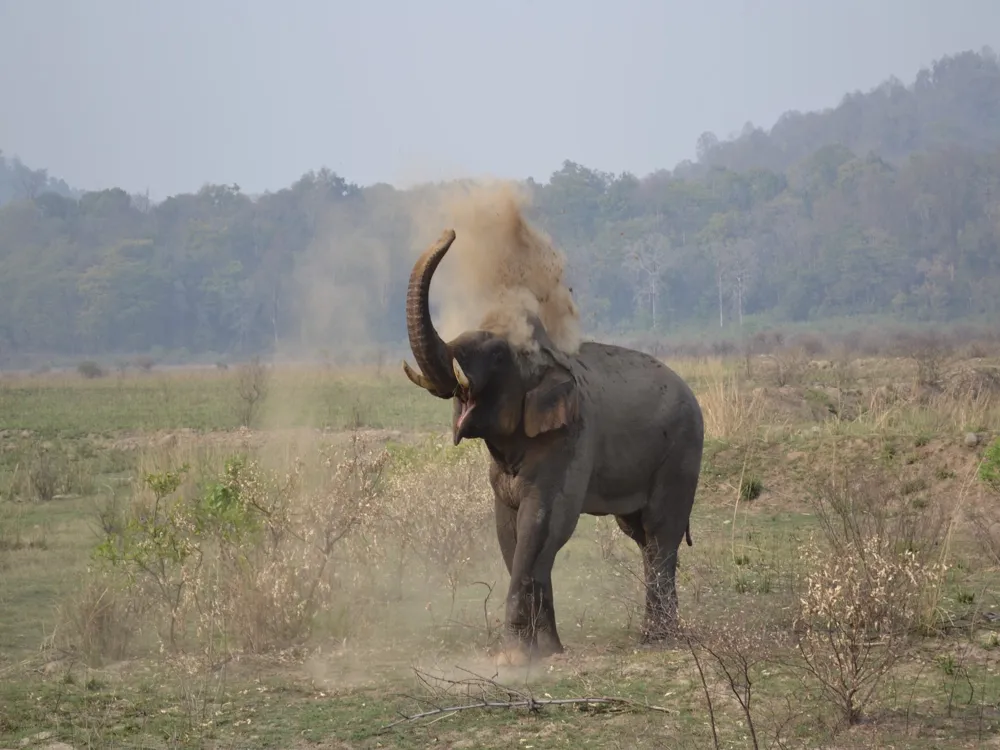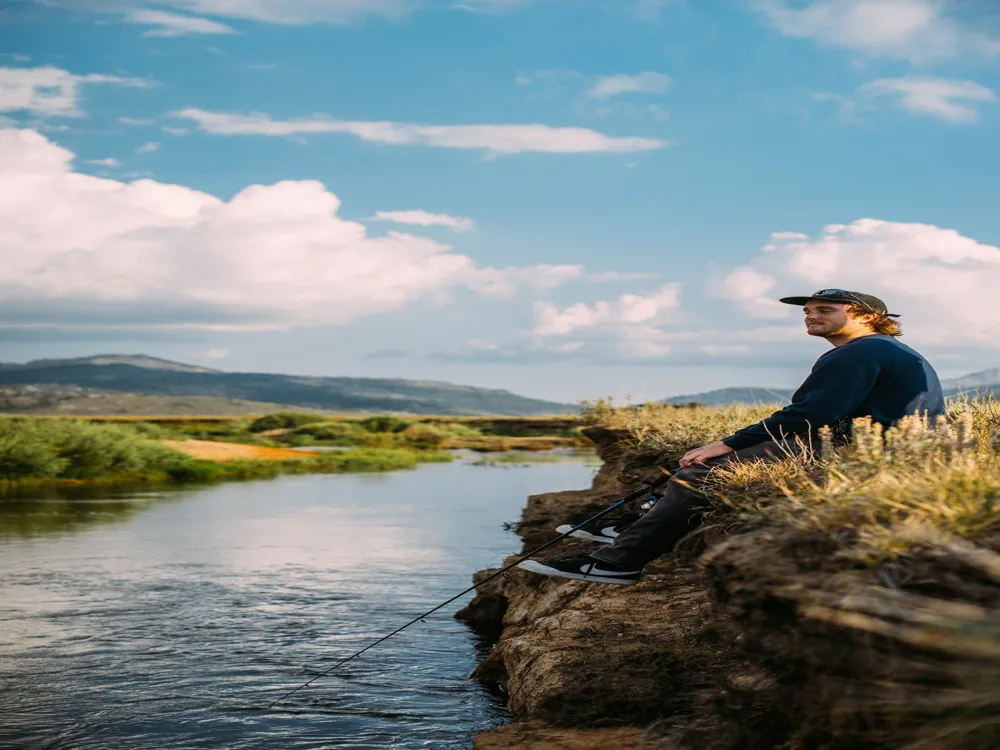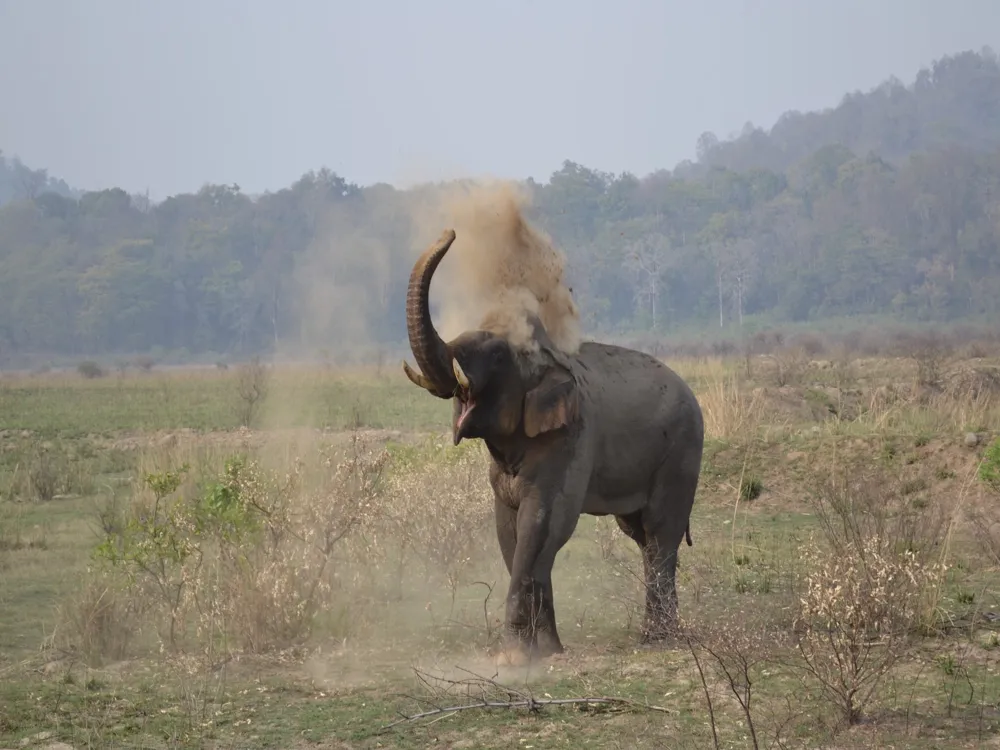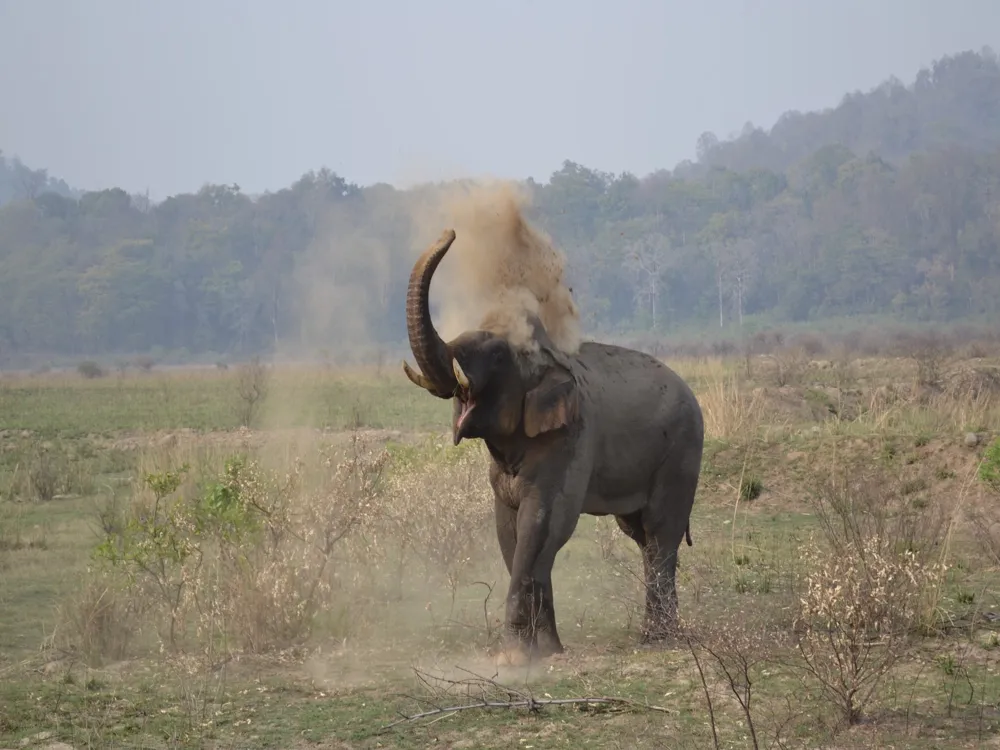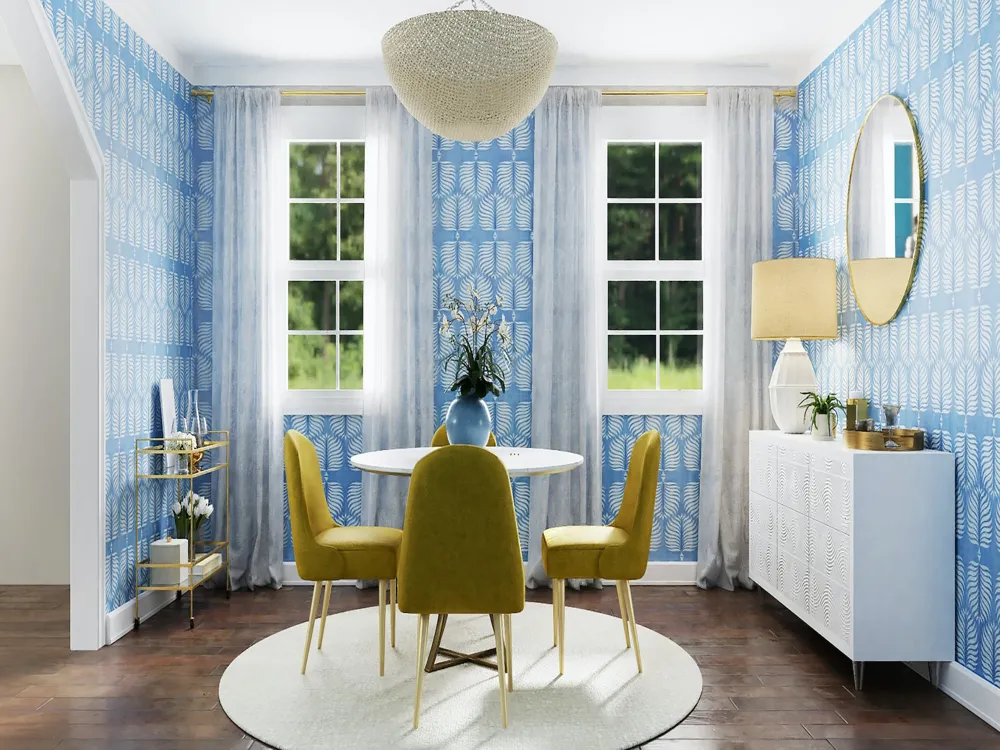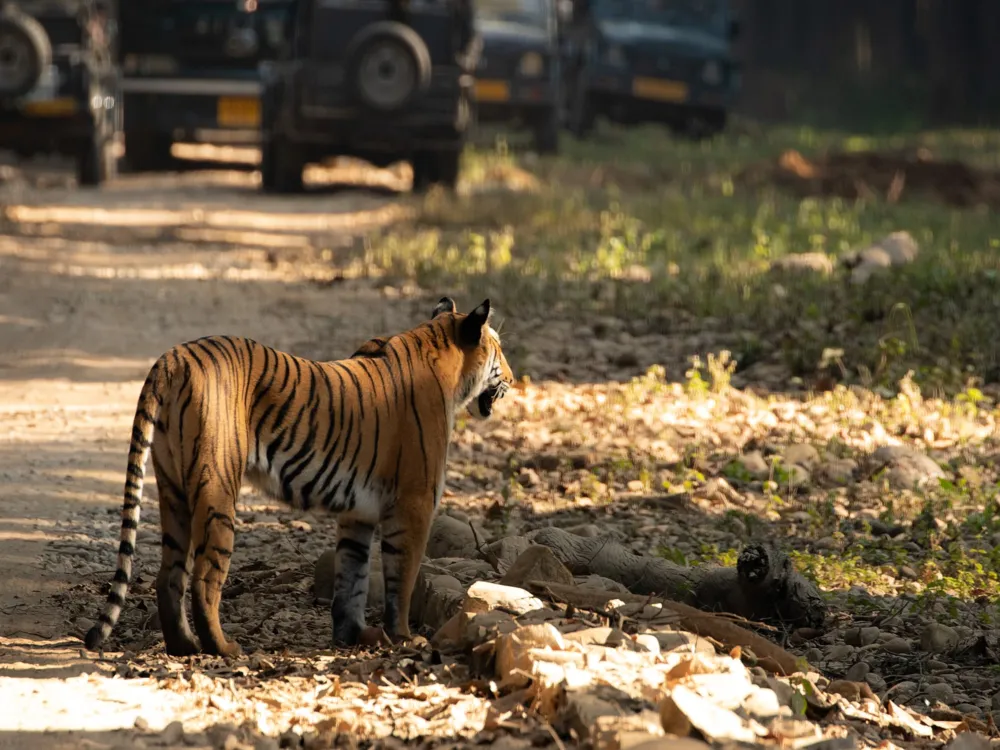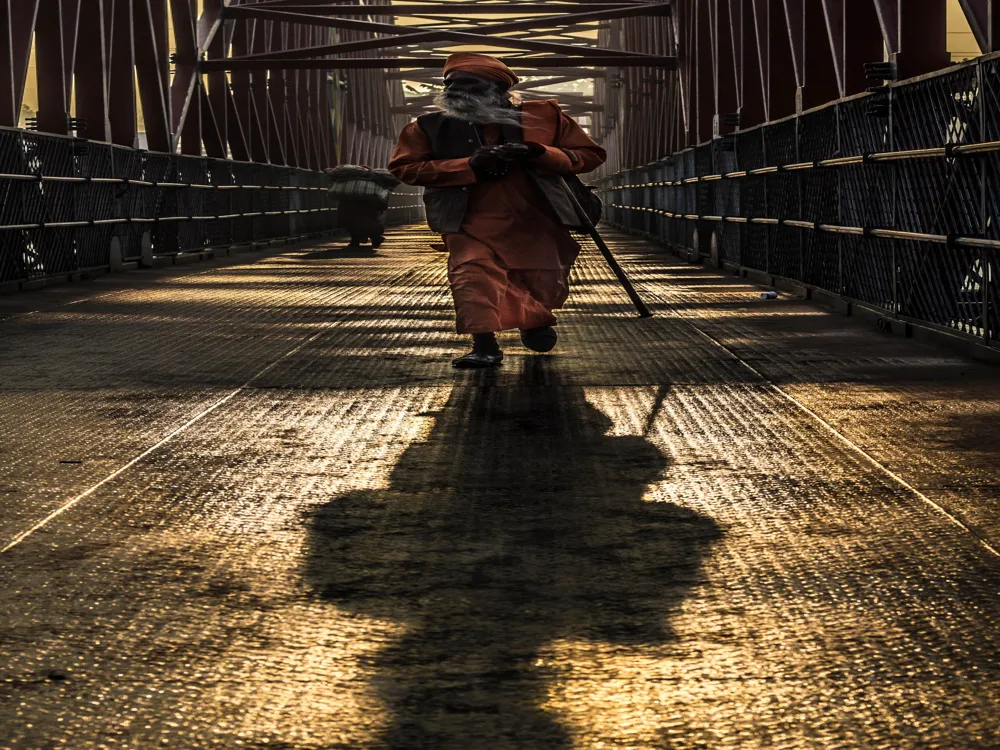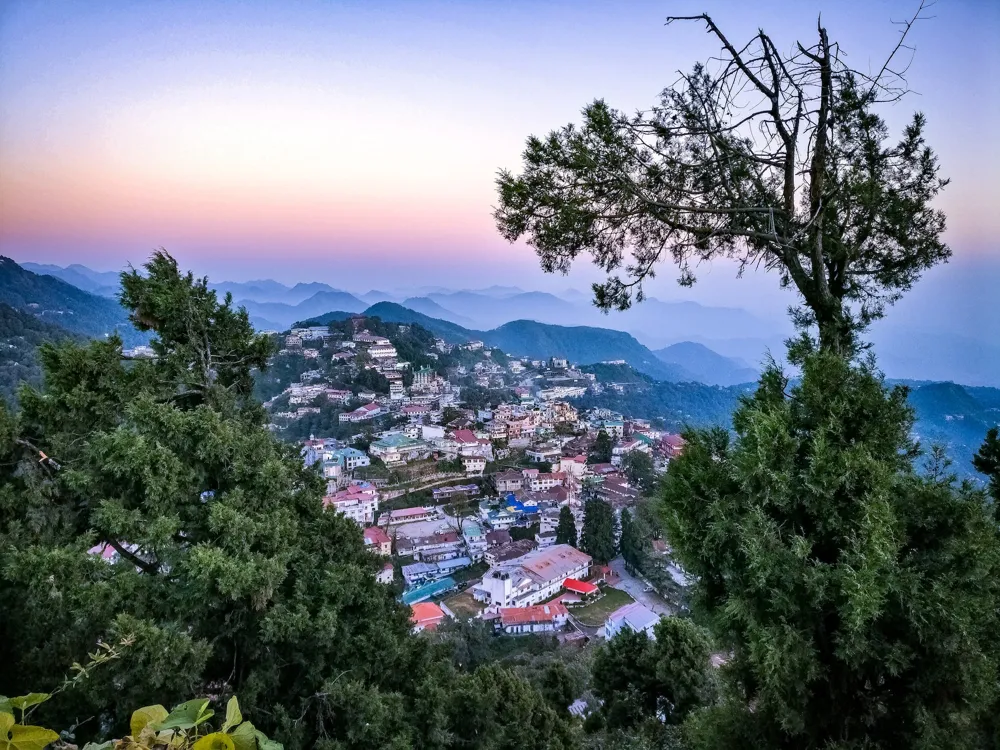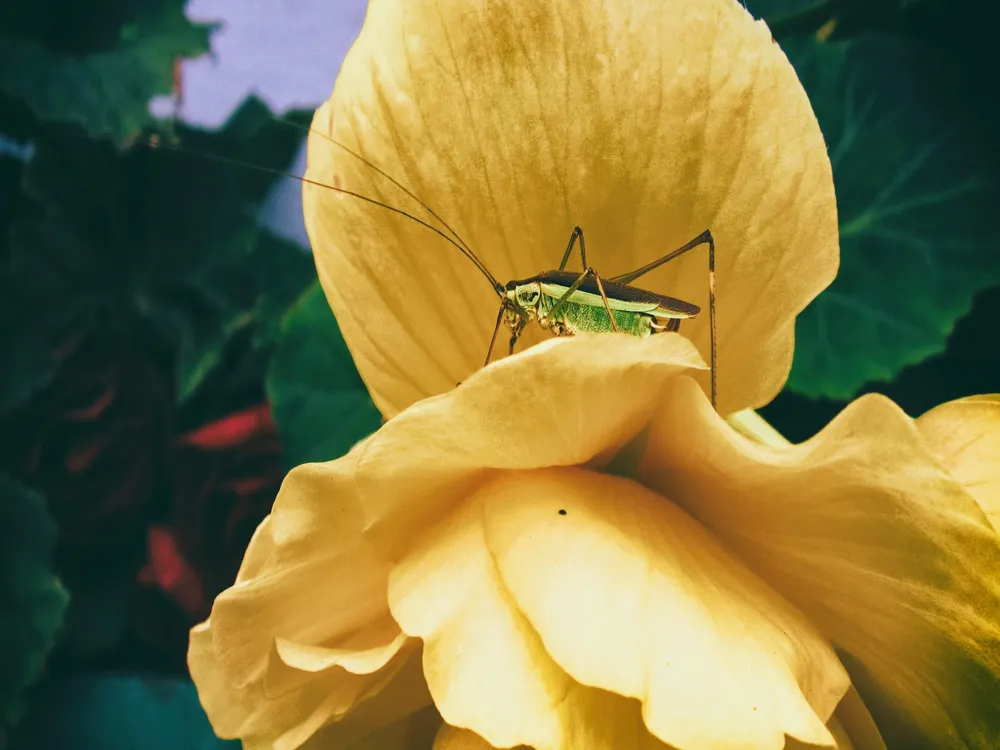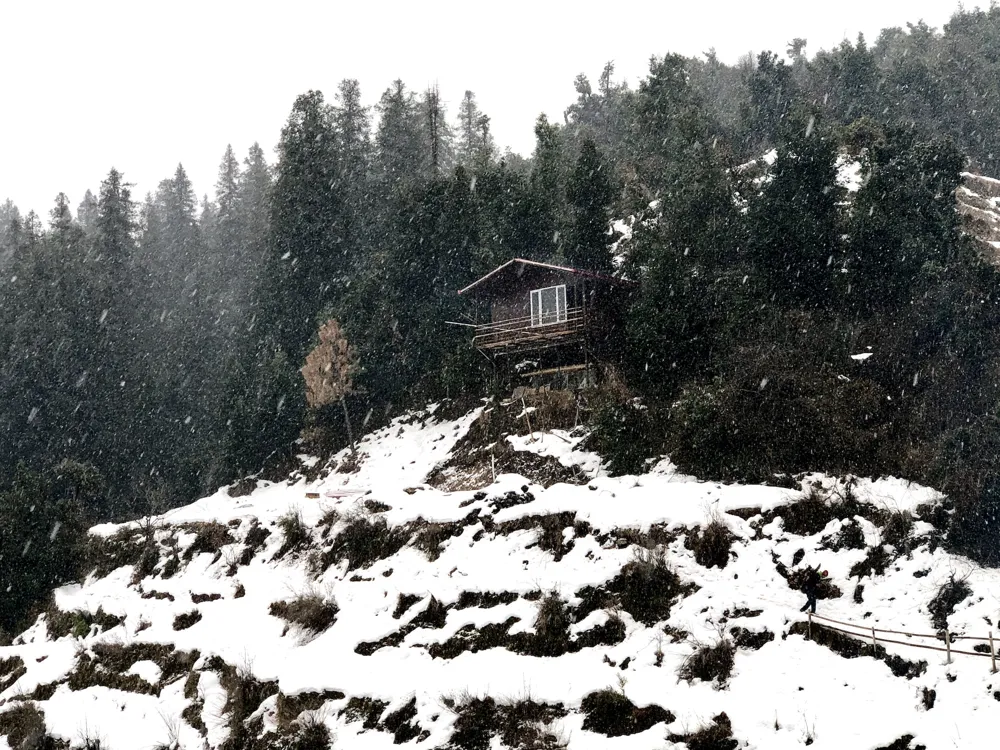Kandoliya, nestled in the serene landscape of Pauri Garhwal in Uttarakhand, is a picturesque destination that epitomizes natural beauty and cultural richness. This tranquil place, named after the Kandoliya Devta, a local deity, is not just a spiritual hub but also a haven for nature enthusiasts and peace seekers. The area is surrounded by lush green forests and offers a breathtaking view of the snow-capped Himalayan peaks. It's a perfect escape from the hustle and bustle of city life, offering a unique blend of tranquility and spiritual bliss. The history of Kandoliya is deeply intertwined with the myths and legends of the Garhwal region. It is said to be a place where sages meditated, and gods wandered. The presence of the ancient Kandoliya temple adds a mystical charm to the area, attracting devotees and tourists alike. The temple's architecture, deeply influenced by the Garhwali style, is a sight to behold. The festivals and fairs held here, particularly during the Hindu months of Shravan and Kartik, are a true reflection of the rich cultural heritage of Uttarakhand. Kandoliya is located at an altitude of approximately 1,650 meters above sea level, offering stunning panoramic views of the surrounding landscape. The climate here is generally pleasant throughout the year, making it an ideal destination for tourists at any time. The monsoon season, with its misty atmosphere and lush greenery, adds a mystical charm to Kandoliya, making it even more enchanting. The region around Kandoliya is blessed with a diverse range of flora and fauna. The forests are home to numerous species of birds, making it a paradise for bird watchers. The presence of exotic flowers and medicinal plants adds to the ecological importance of the area. The biodiversity here is a testament to the ecological richness of the Garhwal region. The architecture of Kandoliya is a splendid example of the Garhwali style, deeply rooted in the cultural and historical traditions of Uttarakhand. The Kandoliya temple, the centerpiece of this architectural landscape, is an embodiment of ancient craftsmanship and religious significance. Built primarily from locally sourced materials like stones and wood, the temple stands as a testament to the architectural prowess of the Garhwali people. The temple's design reflects a unique blend of simplicity and elegance. The intricate carvings on wood and stone depict various deities, mythological scenes, and floral motifs, showcasing the artisans' deep reverence for nature and religion. The temple complex is not just a place of worship but a symbol of the harmonious relationship between nature and spirituality that characterizes the Garhwali culture. The structural design of the Kandoliya temple is characterized by its sloping roofs, made to withstand the heavy monsoon rains and snowfall typical to the region. The use of wooden beams and rafters in the construction is a classic feature of Garhwali architecture, providing both strength and aesthetic appeal. The temple's alignment, facing east, is significant as it allows the first rays of the sun to illuminate the sanctum sanctorum, creating an ethereal atmosphere during dawn. The artistic elements of Kandoliya's architecture are a true reflection of the local culture and traditions. The temple walls and pillars are adorned with carvings that tell tales of the gods and goddesses, as well as scenes from daily life in the mountains. These artworks not only enhance the beauty of the temple but also serve as a medium to pass down stories and traditions through generations. The architectural style of Kandoliya is heavily influenced by the region's history and culture. The temple stands as a guardian of the region's past, encapsulating centuries of socio-cultural evolution. The architectural techniques used are a culmination of knowledge passed down through generations, refined and adapted to the local environment and materials available. One of the most commendable aspects of Kandoliya's architecture is its sustainability and harmony with the environment. The use of local materials not only reduces the environmental footprint but also ensures that the structures blend seamlessly with the natural surroundings. This approach reflects the deep respect and understanding the Garhwali people have for nature. While Kandoliya can be visited throughout the year, the best time is from March to June and September to November. These months offer clear skies, pleasant weather, and the best views of the Himalayas. Due to the varying temperatures, it is advisable to wear layers. Comfortable walking shoes are a must for exploring the terrain. Don't forget to carry a hat and sunscreen to protect against the sun. Respect local customs and traditions, especially when visiting religious sites. Dress modestly and ask for permission before taking photographs of locals or inside temples. There are various accommodation options available, from budget homestays to luxury resorts. It's advisable to book in advance, especially during peak seasons and festivals. Kandoliya is well-connected by road, rail, and air. The nearest airport is Jolly Grant Airport in Dehradun, about 155 kilometers away. The nearest railway station is in Kotdwar, approximately 108 kilometers from Kandoliya. By road, Kandoliya is accessible from major cities like Dehradun, Delhi, and Haridwar. State-run buses and private taxis are readily available from these cities. Read More:Overview of Kandoliya, Pauri, Garhwal, Uttarakhand
Geographical Significance
Flora and Fauna
Architecture of Kandoliya
Structural Design
Artistic Elements
Influence of History and Culture
Sustainability and Environment
Tips When Visiting Kandoliya
Best Time to Visit
What to Wear
Local Etiquette and Customs
Accommodation
How To Reach Kandoliya
Kandoliya
Pauri Garhwal
Uttarakhand
NaN onwards
View pauri-garhwal Packages
Pauri-garhwal Travel Packages
View All Packages For Pauri-garhwal
Top Hotel Collections for Pauri-garhwal

Private Pool

Luxury Hotels

5-Star Hotels

Pet Friendly
Top Hotels Near Pauri-garhwal
Other Top Ranking Places In Pauri-garhwal
View All Places To Visit In pauri-garhwal
View pauri-garhwal Packages
Pauri-garhwal Travel Packages
View All Packages For Pauri-garhwal
Top Hotel Collections for Pauri-garhwal

Private Pool

Luxury Hotels

5-Star Hotels

Pet Friendly







